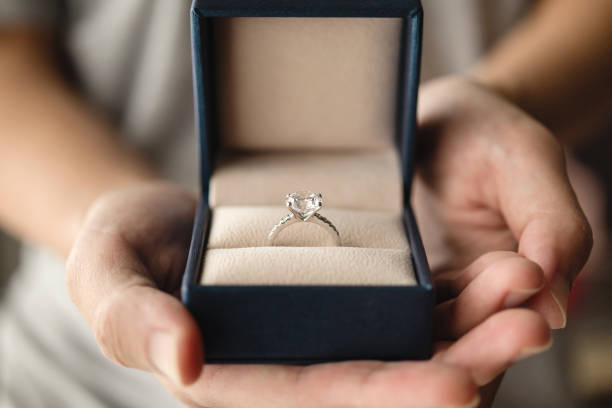The Origins Of Dining Room Furniture
 Dining room furniture has a long and interesting history. It can be dated back to the middle ages as it was in this period that the concept of the dining room first came about.
Dining room furniture has a long and interesting history. It can be dated back to the middle ages as it was in this period that the concept of the dining room first came about.
During the time of the middle ages the aristocracy and other high-class noble people of European countries would gather in a grand hall for their meals. The idea was that everyone would come together in order to enjoy their meal together in a boisterous, lively atmosphere.
In more recent times dining rooms have been located in close proximity to a kitchen. This is mainly for convenience whereby prepared food can be quickly taken from the kitchen to be presented on the table in the dining room. It is also safer to carry meal plates a short distance. However, it was not always like this.
In the middle ages the eating or dining room was on a different floor from the kitchen, generally on the floor above. In many ways this represented the feudal system and the clear division of class, with the servants and staff on the lower level going up to serve their masters.
Furniture used in those days also reflected a differential structure between the classes.Rather than having tables and chairs like we have now, people would eat at long trestle tables, seated on long benches. The head of the house would be seated at the centre of the table, with lower class people seated furthest away along the table. In effect, the greater the social status of the person the closer they would sit to the middle of the table or household. It was originally thought that having large numbers of people congregated together for meals would be quite smoky and uncomfortable. However, in more recent times it has been suggested that the open fireplaces and large chimneys would probably have provided adequate ventilation.
Over the centuries meals became more intimate. This was due to a number of factors, for example in England the religious tensions formed after King Henry the Eighth dissolved the monasteries resulted in meals in front of large gatherings of people was no longer practical. This lead to the creation of smaller parlour rooms for eating in whilst the great halls were only used for special occasions.
With room space becoming smaller and more intimate, seating arrangements had to change. This eventually led to the more familiar style of seating that we have today with smaller tables and chairs for a smaller number of people. In the modern era with many more materials to choose from, the designs and styles of dining room furniture are varied. The range is from comfortable leather chairs and wooden tables, to the more minimalist glass and plastic padded seating. In North America it is common to have breakfast nooks, with dining rooms reserved for special occasions. In recent years, formal meals have become more of a special occasion and the furniture used often reflects this. Also, outdoor dining has become popular in modern homes with an alfresco area fast becoming standard. Seasons are even extended with outdoor gas heaters.







